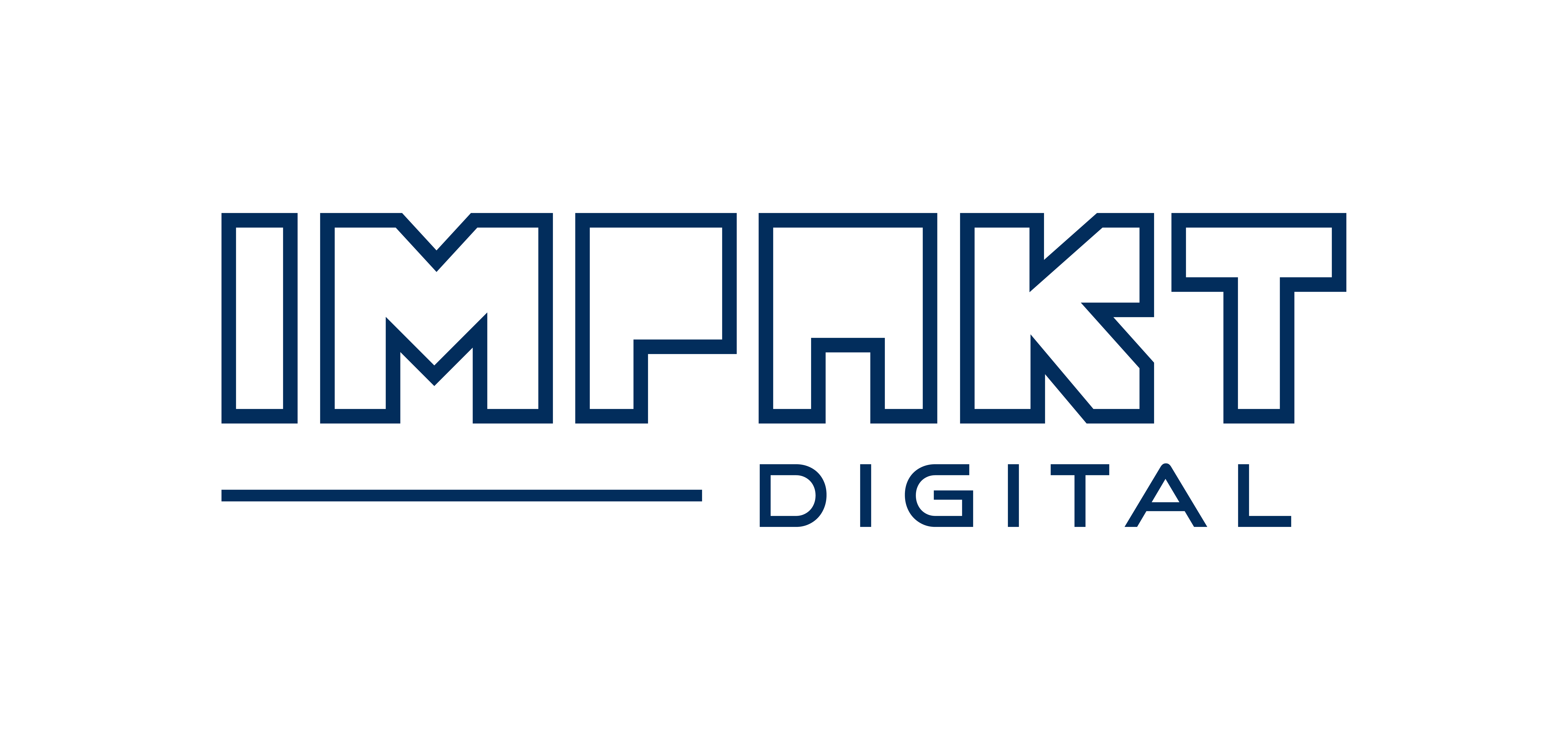
The small business landscape is competitive. With the digital space constantly evolving, staying relevant and visible online is essential. And this is where SEO (Search Engine Optimization) comes into play. SEO is not just about ranking higher on Google; it’s about generating quality leads that convert. This article will guide you through the entire process of SEO lead generation for your small business website, from understanding the basics to executing sophisticated strategies and introducing our favorite tools along the way.
Table of Contents:
- Understanding SEO and Its Importance
- The SEO Lead Generation Process
- Our Favorite Tools for SEO Lead Generation
- The Final Takeaway
1. Understanding SEO and Its Importance:
What is SEO?
SEO stands for Search Engine Optimization. It’s the practice of increasing the quality and quantity of website traffic by improving its visibility on search engines, primarily Google.
Why is SEO Important for Small Businesses?
- Visibility and Brand Awareness: Potential customers search for solutions online. Being at the top of search results boosts your brand’s visibility.
- Credibility and Trust: Websites that rank higher are often perceived as more credible.
- Cost-Effective: Compared to paid advertising, SEO provides sustainable long-term results.
- Higher Conversion Rate: Organic traffic often has a better conversion rate than traffic from other sources.
2. The SEO Lead Generation Process:
1. Keyword Research
This is the foundational step. Understand what your potential customers are searching for.
- How-to:
- Brainstorm a list of terms related to your business.
- Use keyword research tools to find search volume and competition.
- Prioritize keywords based on their relevance, search volume, and difficulty.
2. On-Page Optimization
Ensure your website’s content is optimized for search engines and users.
- How-to:
- Use relevant keywords in title tags, meta descriptions, and content.
- Maintain a clean URL structure.
- Enhance user experience with a mobile-friendly design and faster loading times.
3. Content Creation
Content is the king. Create high-quality content that addresses user queries and problems.
- How-to:
- Identify content gaps on your website.
- Produce articles, blogs, and other content forms.
- Focus on providing value rather than selling.
4. Link Building
Backlinks signal to search engines that your content is valuable and credible.
- How-to:
- Write guest posts for reputable sites in your industry.
- Build relationships with influencers.
- Create shareable content.
5. Technical SEO
Ensure search engines can easily crawl, index, and interpret your site.
- How-to:
- Optimize site structure and XML sitemap.
- Improve site speed.
- Ensure your site is secure and mobile-friendly.
6. Local SEO
For businesses serving a local market, this is crucial.
- How-to:
- Optimize your Google My Business listing.
- Collect and respond to reviews.
- Build local citations.
7. Measure, Analyze, and Adjust
Regularly review your strategies and make necessary adjustments.
- How-to:
- Use analytics tools to track performance.
- Understand which strategies are working and which aren’t.
- Adjust your strategies accordingly.
3. Our Favorite Tools for SEO Lead Generation:
1. Google Keyword Planner:
Ideal for keyword research. While it’s designed for PPC campaigns, the data it provides is invaluable for SEO.
2. SEMrush:
A comprehensive SEO tool that offers keyword research, site audit, competitor analysis, and more.
3. Ahrefs:
Best known for its backlink analysis. It also offers keyword research, content exploration, and site auditing functionalities.
4. Yoast SEO (for WordPress):
An essential plugin that guides you through the process of optimizing your content for search engines.
5. Screaming Frog:
A desktop-based website crawler, perfect for in-depth site audits.
6. Moz Local:
Ideal for local SEO, helping businesses improve their local visibility.
7. Google Analytics:
Track your traffic sources, user behavior, and conversions. An essential tool for understanding your website’s performance.
4. The Final Takeaway:
SEO lead generation is a marathon, not a sprint. It requires time, patience, and consistent effort. However, the rewards, in terms of cost-effective, high-converting traffic, are well worth the investment. For small businesses aiming to make a mark in the digital realm, understanding and leveraging SEO is non-negotiable. With the process outlined above and the tools recommended, you are now equipped to embark on your SEO journey. Remember, staying updated with the latest SEO trends and continuous learning is key to staying ahead of the competition.
This guide provides a comprehensive overview of the steps and tools necessary for successful SEO lead generation for small businesses. Implementing these strategies and using the recommended tools can significantly improve a website’s visibility and drive more qualified leads to your business.


